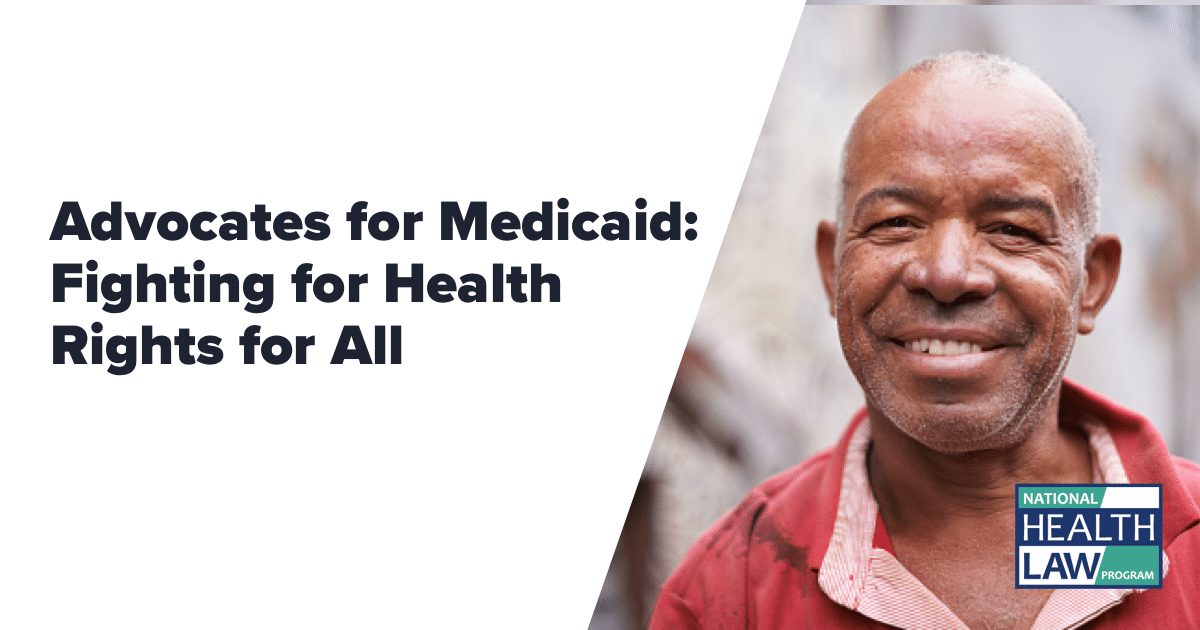California Revisited: Where the Golden State Stands After The Unwinding
The Continuous Coverage “unwinding period”, defined under the Consolidated Appropriations Act of 2023, set the end date of the Continuous Coverage requirement that the federal government had passed to protect Medicaid coverage for almost 94 million people across the U.S. during the COVID-19 Public Health Emergency. California has the largest Medicaid program in the country. In April 2023 at the start of the state’s unwinding period, California had almost 16 million Medi-Cal renewals to process. May 2024 marked the official end of California’s Medicaid Continuous Coverage unwinding period. California counties are expected to return to “normal” operations for the Medi-Cal program.
Throughout the unwinding process, CMS issued guidance with strategies and flexibilities for states to use to streamline eligibility and enrollment processes and preserve Medicaid enrollment. California opted into several strategies and flexibilities to alleviate churn and streamline renewals. Despite these flexibilities, California is among many states with a backlog of incomplete renewals to process at the end of the unwinding period. Based on the latest (and last) report that California submitted to CMS, about 1.6 million Medi-Cal members are still awaiting a final determination on their renewal.
Medi-Cal’s Enrollment Numbers After the Unwinding Period
Current data shows that 14.8 million people are enrolled in Medi-Cal compared to almost 16 million people at the start of the unwinding period in April 2023. Overall, California has had a strong renewal rate during the unwinding given that state officials originally estimated that 2-3 million people would lose coverage during the unwinding. The state increased its ex parte rate to an all-time high, which has remained steady at about 63% after opting into several income-related flexibilities. For years before the PHE, California’s ex parte rate hovered in the thirties.
Although California ranks 6th with a low disenrollment rate of 20%, 75% of the rate is attributed to procedural terminations. Procedural terminations occur when people lose Medi-Cal coverage for reasons unrelated to their actual eligibility such as those who did not receive or were unable to submit renewal forms and other paperwork. Unfortunately, this concerning data on high procedural terminations reflects reports from community partners assisting Medi-Cal enrollees who encounter problems with getting their renewal forms, completing their renewal forms, or enrollees who cannot reach their local county office because of extremely high call volumes. Even more troubling, the discontinuance rate highlights racial inequities; about half of the enrollees cut off are Hispanic* and an estimated third of discontinued individuals’ written language is Spanish.
Victories and How California Can Improve Medi-Cal Enrollment
CMS issued additional guidance earlier this year to aid states with completing the unwinding process. The agency also gave states the option to extend currently available flexibilities through June 2025. California’s Department of Health Care Services (DHCS) already permanently adopted some strategies and waivers for Medi-Cal members. Although the Medi-Cal program has returned to normal operations as of June, the Department instructed county Medi-Cal offices to continue implementing waiver flexibilities through December 2024. Yet, they have not committed to keeping the flexibilities through June 2025. The Department must ensure that eligibility determinations are based on accurate information and work to build on outreach efforts and improve access to county offices for Medi-Cal members. The Department’s Procedural Disenrollment Survey and the procedural disenrollment data show that this has been one of the main weak links in the state’s unwinding process.
So far, DHCS allows counties to conduct ex parte renewals without requiring Medi-Cal enrollees to return their renewal form. DHCS also allows enrollees to provide reasonable explanations to resolve discrepancies in income data. The Department increased the program’s reasonable compatibility threshold to catch more eligible members during ex parte and requires county Medi-Cal offices to make two attempts to contact Medi-Cal members with incomplete renewals via U.S. mail. While these policy changes are major victories, California has many more tools to choose from under current federal guidance to streamline enrollment processes.
NHeLP and other state partners are urging DHCS to adopt several additional flexibilities to improve eligibility determinations and the enrollment rate. First, allowing for automatic income verification for those at or below 100% of the federal poverty level, as well as stable sources of income like disability benefits, would make the renewals process more efficient. The Department can, and should, also build on some of the flexibilities they have already made permanent, such as keeping the reasonable compatibility threshold at 20%, instead of reducing it to 10%, and broadening the two-contact requirement to all authorized modalities such as telephone, email, or text message. Other tools that DHCS can permanently adopt include strengthening continuity of coverage by automatically reinstating Medi-Cal coverage from the date of termination during the 90-day cure period and allowing individuals to self-attest their income.
Common Sense Policies Produce Improved Eligibility Determinations
California has undoubtedly been a leader among states during the unwinding. DHCS took critical strides in planning for and overseeing the unwinding process, including opting into several temporary waivers and flexibilities to maintain continuity of coverage. The result showed that common sense policies produce improved eligibility determinations and strong enrollment rates. However, California must continue to invest in robust outreach efforts and seize this timely opportunity to revamp its eligibility and enrollment processes. NHeLP continues to engage with the Department to address long-standing gaps in the Medi-Cal program.
*NHeLP recognizes that the term “Hispanic” is often used to describe the pan-ethnic communities of Spanish speakers and Latin American descendants. NHeLP uses the term “Latine” to describe individuals who live in or descend from the Latin American region to the greatest extent possible in this document and throughout our advocacy. We use the term “Hispanic” in limited instances to conform to the narrower scope of cited research. More inclusive research is needed to help us understand how this issue impacts people who descend from the Latin American region.






